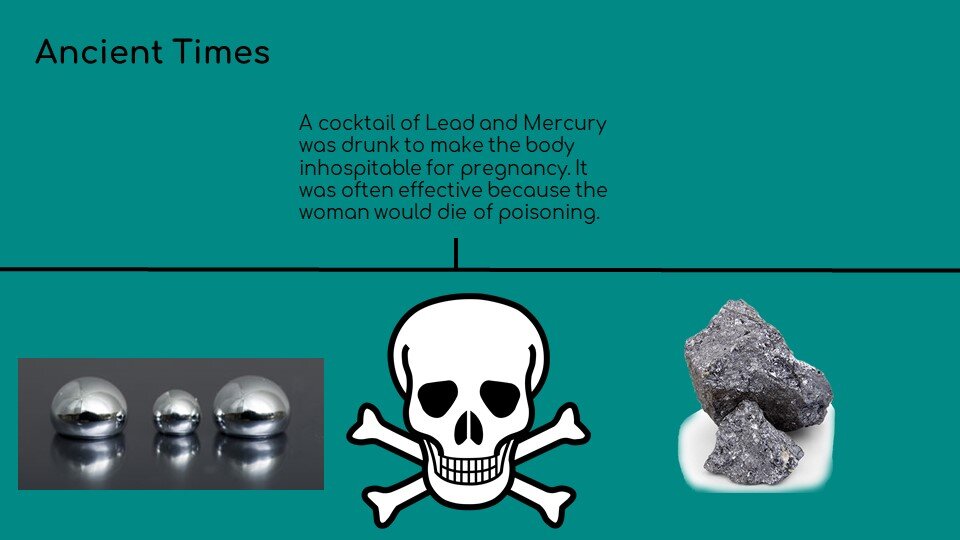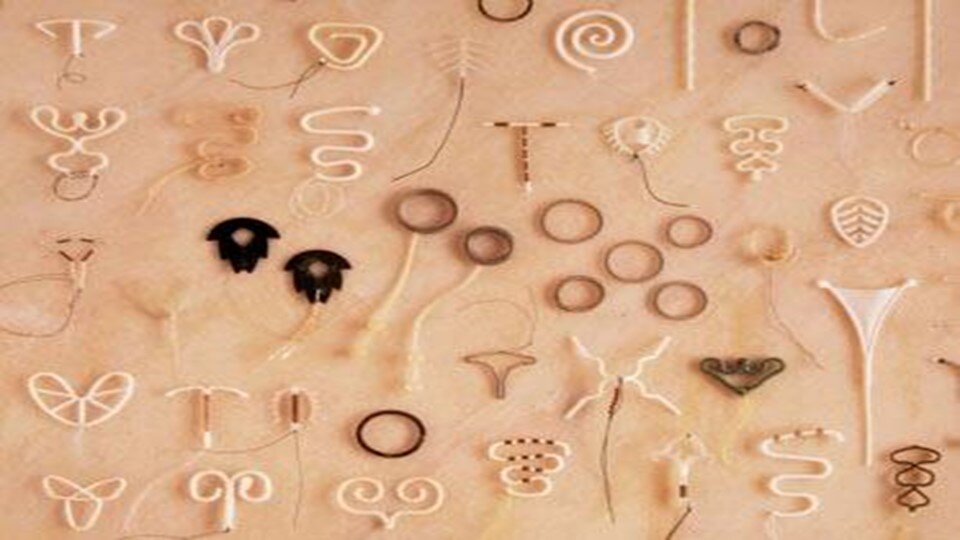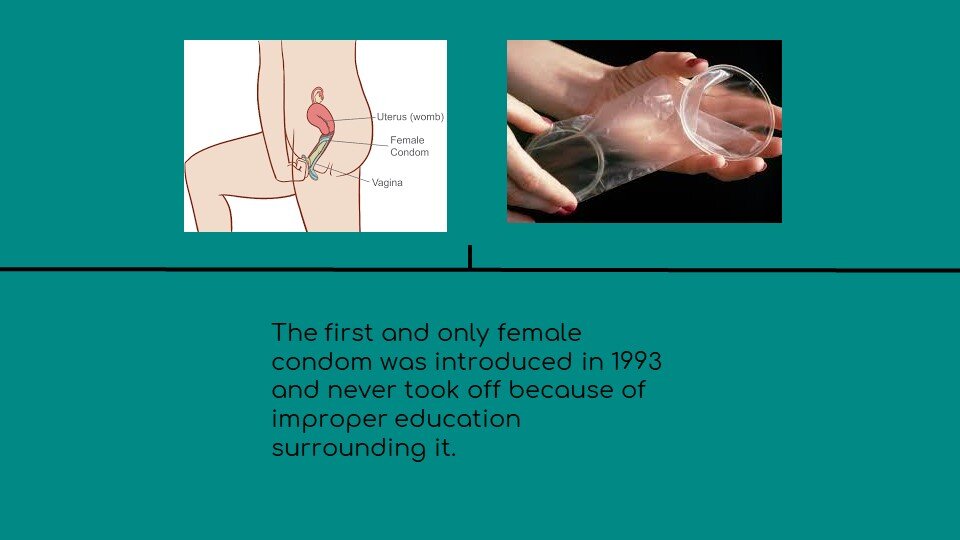A Century of Female Empowerment
(1920-2020)
Before the modern methods of birth control we have today, women relied on abstinence as their primary form of contraceptive (Thompson). As you might expect, this method often failed. The first “real” birth control (approved by the FDA) was released to the general public in 1960, only 60 years ago (Thompson). Since then, new and improved forms have entered the market like Depo-Provera, Nexplanon, Mirena, and various IUDs.
However, the recent coronavirus (COVID-19) outbreak has shed light on the need for over-the-counter (OTC) contraceptives. Women are scrambling to navigate around the obstacles that result from the outbreak. As Ellen Friedrichs from Rewire.News reports, “For those who rely on nonpermanent methods of hormonal contraception like the pill, patch, ring, or shot, access can be particularly complicated.” While it is not impossible to get birth control services at the hospital at this time, it is getting increasingly difficult, especially for teenagers and young college students who might need to hide their birth control from their parents.
The coronavirus has illuminated many things across the globe over the past few months, and the need for OTC contraceptives in the United States is one of them. Women everywhere deserve easy access to birth control, especially in times like these.
Works Cited
Tso, Tiffany. “The COVID-19 Pandemic Exposes the Need for Over-the-Counter Birth
Control.” Rewire.News, Rewire.News, 2 Apr. 2020,
rewire.news/article/2020/04/02/the-covid-19-pandemic-exposes-the-need-for-otc-
birth-control/.
Thompson, Kirsten M.J. “A Brief History of Birth Control in the U.S.” Our Bodies
Ourselves, www.ourbodiesourselves.org/book-excerpts/health-article/a-brief-
history-of-birth- control/.
The History of Birth Control (slide show below)
by Hannah Denis






























